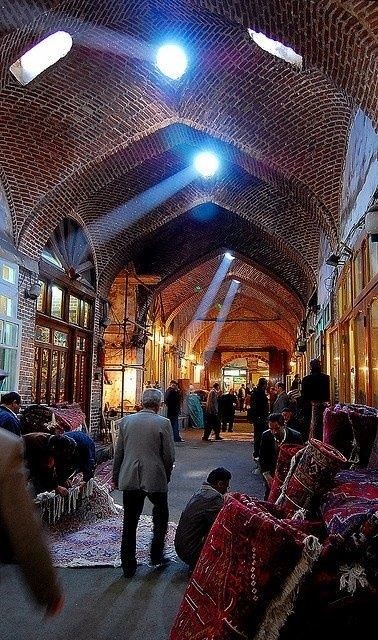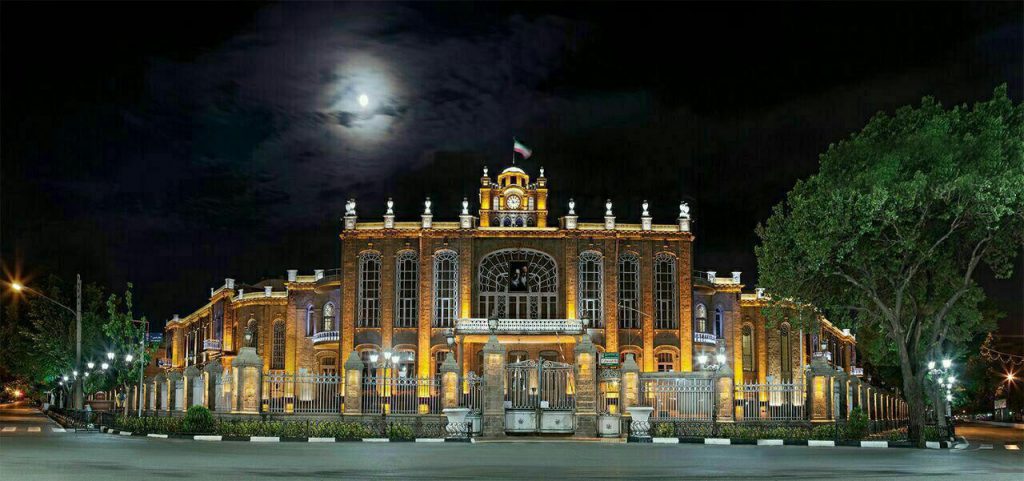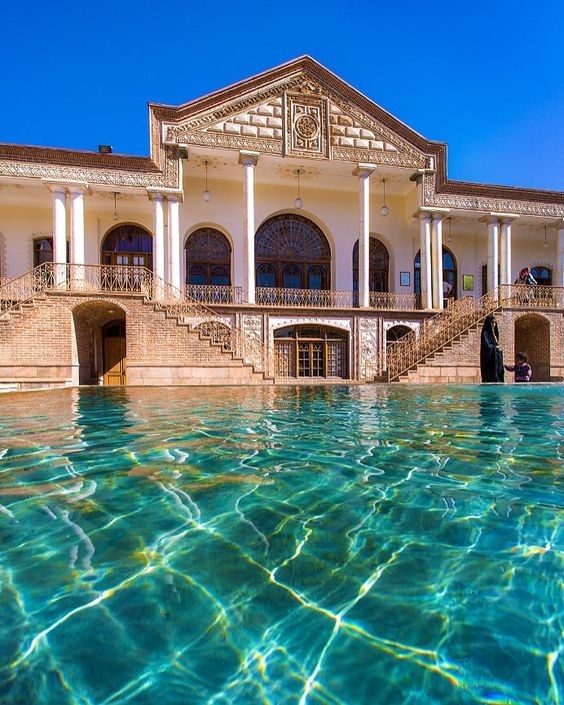Tabriz, the city of firsts, is one of the most modern cities of Iran that plays an important role in formation of modern Iran as a result of its pioneering role in modernization of Iran. Modernization of Iran began from the early modern era in Tabriz, as the country’s closest pole to Europe. The marks of history on the frame of the modern city of Tabriz show how beautifully modernization signs are settled in this ancient city, (thanks to preservation of historical sites and monuments). Although the early history of Tabriz is not well known, but there are some signs that proves the earliest civilization in the city belongs to 1st millennium BCE. Tabriz is not only about the blend of its historic and modern textures, it is also about the mixture of different commodities including, handicrafts, like hand-woven rugs and jewelry as well as its local confectionery, chocolate, dried nuts and, the good part, its traditional foods are recognized throughout Iran as some of the best. Tabriz is called World Carpet Weaving City by the World Crafts Council because of its exquisitely precise hand woven rugs. This city is one of the oldest rug weaving centers that it’s not only a famous carpet making center in Iran but it also has a worldwide fame for it. In Tabriz you will find a huge diversity of types and layouts for their carpets and each carpet is woven with different knot densities; the types vary from cheap bazaari qualities to carpets with superb qualities. Tabrizi rugs come with various designs including rugs with incredible patterns of medallions surrounded with cypresses and weeping willows, or rugs with figural and pictorial designs as well as 3D shapes and many other patterns that are made by skillful hands of talented people, resulting in exquisite carpets. Tabriz, one of the ancient capitals of Iran which is now the capital of East Azerbaijan province, it is the most populated city in northwestern Iran with mostly Iranian Azerbaijanis as its population and a minority of other people such as Persians, Assyrians, Armenians and some other people. This modern city, rich in Azeri culture, is home to many historical monuments that represents the evolution of the architecture of Iran throughout its history. One of the most significant historical sites of Tabriz is its prospering Bazaar, one of the oldest Bazaars in the Middle East, located at the center of Tabriz city. Bazaar of Tabriz, one of the world’s best, is one of the commercial centers on the Silk Road with a great importance, which is both the city’s and northwestern Iran’s economic heart. This bazaar has an old date and was inscribed as one of Iran’s World Heritage Sites by UNESCO in the year 2010. The next point is a historical mosque in Tabriz that was built in the year 1465 by the order of Jahan Shah. This mosque which is called the Blue Mosque, was one of the most popular buildings of its era that contained a complicated pattern of turquoise mosaics; a masterpiece from the distant past with beautiful blue tiles, which unfortunately because of an earthquake in 18th century the mosque was seriously damaged and only the main entrance hall (called the Iwan) and the tomb of Jahan Shah as well as some other parts were remained. This grand structure is one of the must see historical sites of Tabriz, even though the mosque was damaged due to the earthquake. Other historical sites and attractions of this city includes the remnants of Tabriz’s citadel from the 14th century called the Arg of Tabriz, the major archeological and historical museum of Tabriz called the Azerbaijan Museum that contains largest collection of belongings from different periods of Iran’s history, apart from National Museum of Iran in Tehran; it also has many other historical buildings, places and monuments as well as its lovely nature. Tabriz is full of history, and peculiar yet marvelous souvenirs, as well as memorable attractions, no wonder it is named “Exemplary Tourist City of 2018 by the Organization of Islamic Cooperation.”



